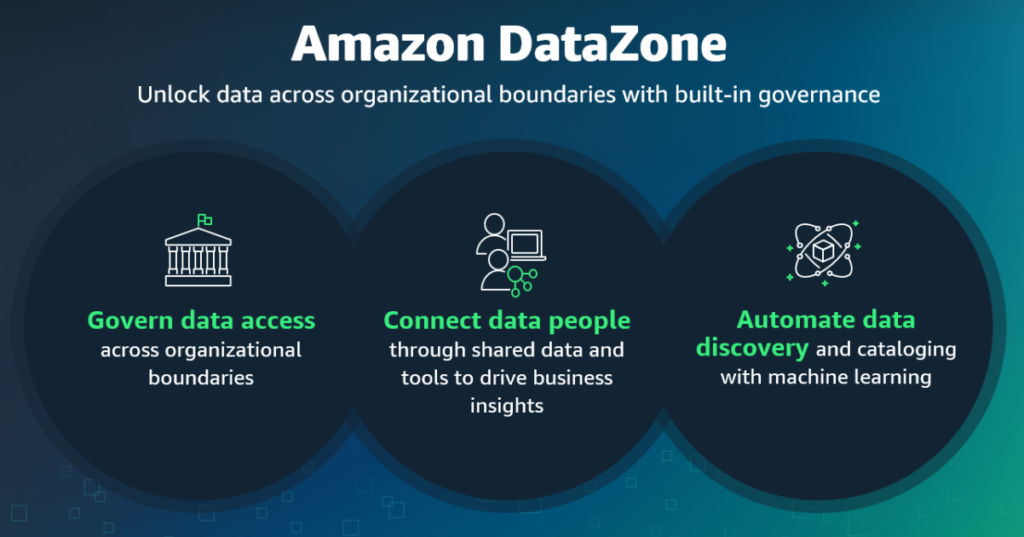Metadata Management
Metadata management is the process of organizing, storing, and managing metadata, which is data that provides information about other data. This can include information such as the creation date, author, format, and location of a file, among other details. Metadata management is important for several reasons:
- Data Understanding: It helps users understand and interpret the data they are working with, including its context, quality, and usage.
- Data Governance: It ensures that data is accurate, consistent, and compliant with regulations and standards.
- Data Discovery and Retrieval: It facilitates the efficient discovery and retrieval of relevant data by enabling users to search and filter based on metadata attributes.
- Data Integration: It supports the integration of data from different sources by providing a common framework for describing and aligning data elements.
- Data Security: It helps in managing access controls and ensuring that sensitive data is properly protected.
Overall, metadata management is crucial for maximizing the value of data assets, enabling organizations to make informed decisions, improve operational efficiency, and maintain regulatory compliance.
Metadata
Metadata is useful ‘information about data’. It is data’s data that gives answers to questions like ‘Where did this data come from? Who created it? How did it change? And is it accurate?’
There are two types of metadata managed in the Enterprise Metadata Repository which are:
- Business metadata – information about data in business language for the business user.
- Technical metadata – information about data in technical language for the technical user with a bridge to business metadata.
Metadata Principles
Principle 1: Metadata is an enterprise asset and must be documented and managed.
Principle 2: Metadata must be stored with and captured from the data asset.
Principle 3: Metadata must be available to the business, at be measurable.
Principle 4: Metadata quality must be measurable for the business user.




